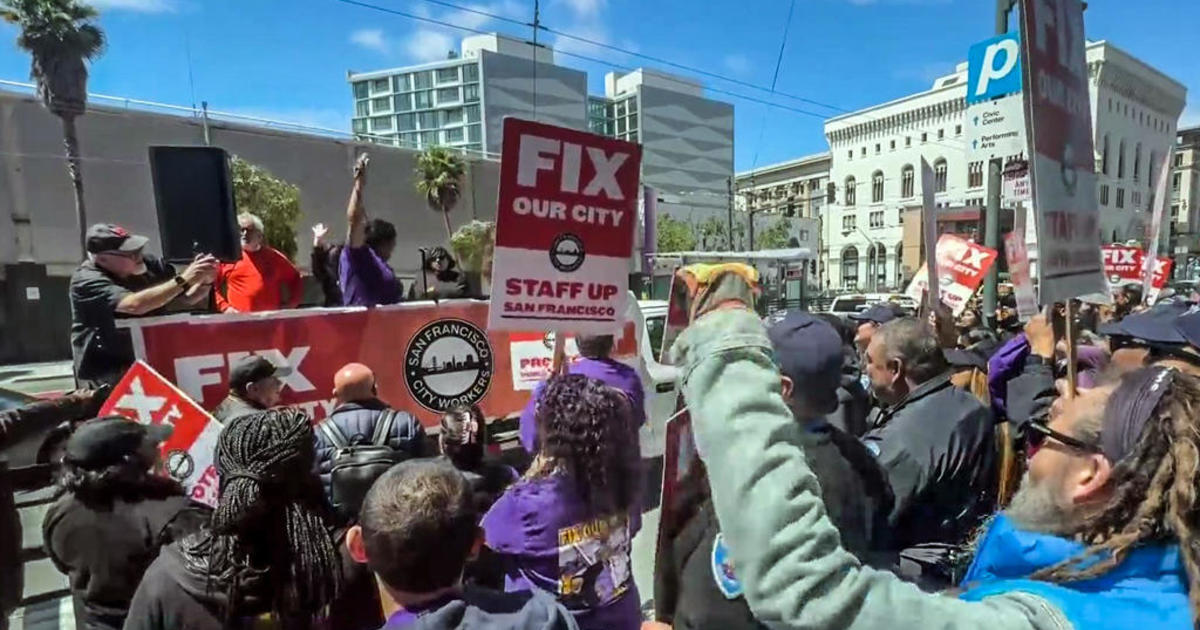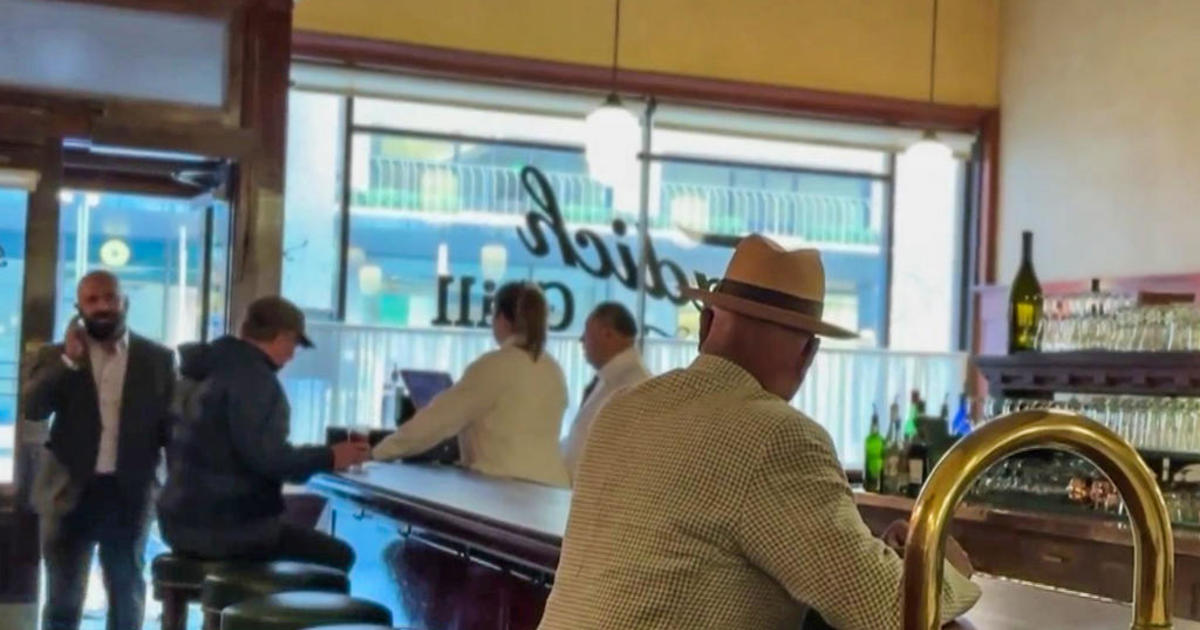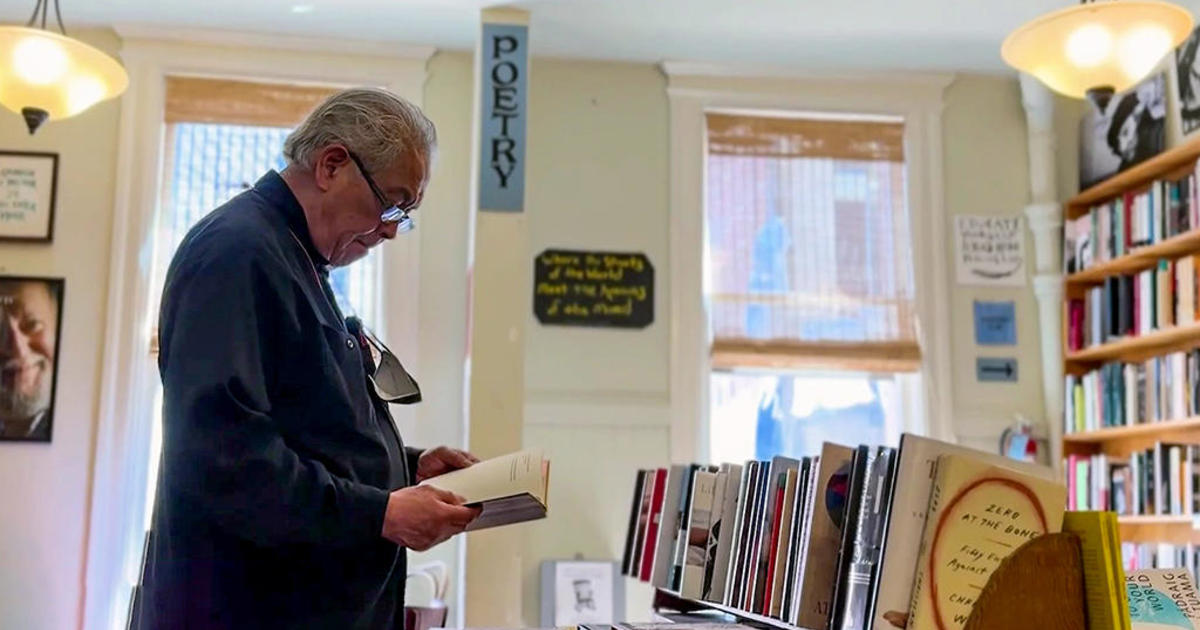Man Wrongly Convicted In SF Murder Questions Police Lineups
SAN FRANCISCO (CBS 5) -- Juries believe eyewitnesses above most other kinds of evidence, but they are not always reliable. There are ways to make their testimony more reliable, but many law enforcement agencies are not using the best practices.
Take the case of Maurice Caldwell. He spent 20 years behind bars, for a murder a judge now said he did not commit.
"I fault the state for not doing their job," he told CBS 5.
The murder happened in one of San Francisco's most notorious housing projects, where Caldwell lived. "They said that it was a drug-related murder, a drug deal that went bad," said Caldwell.
Court documents reveal there was never any forensic or physical evidence to link Caldwell to the crime, which occurred in 1990. Three survivors of the shooting never identified him either.
But a fourth witness, a neighbor called Mary Cobbs, said it was Caldwell, and a jury believed her.
"Without Mary Cobb's testimony there was no evidence against Maurice Caldwell," said Linda Starr, legal director of the Northern California Innocence Project.
Starr said the police influenced the witness to identify Caldwell. While canvassing the neighborhood for clues police brought Caldwell to the witness's door.
"This person now becomes identified in her mind as one of the participants in the incident," said Starr.
Caldwell, who was set free just over a year ago, believes he was intentionally targeted, because he had filed a complaint against the investigating officer on another incident. Intentional or not, influencing a witness happens more often than you might think.
"A memory not only fades but it gets contaminated," said eyewitness expert Dr. Martin Blinder. He said it all starts with the photo lineup.
"Very often will be the face of the individual that the police believe is most likely the man who committed the crime," said Blinder.
Even without realizing it, an investigator can send nonverbal cues to the eyewitness. "The police man who has been working the case might shift in his chair or lean forward or take a deep breath," Blinder said.
Once a witness makes a false identification, Blinder said it snowballs. "They have increasing confidence because they are increasingly exposed to this one face. Once you get to the preliminary hearing, of course the man has arrows pointing down to his jumpsuit," he said.
That's why Blinder said the first step is so important. "The way you avoid that is to have the individual conducting the eyewitness assessment to be different from the policeman who is actually working the case," he said.
That's called a double-blind lineup. Police and sheriffs departments in Santa Clara County led the way in the Bay Area, adopting double-blind protocols years ago. San Francisco and Pleasant Hill police just started in the last year, but they're in the minority.
In fact only 19 of 319 police and law enforcement agencies statewide that responded to an Innocence Project survey have adopted the new preferred procedure. Why so few?
"Some of our clients who are in very small agencies, they have small staffs," said Curtis Hill with the California State Sheriff's Association. Hill said the double-blind lineup is too expensive. "If you are working a case under a time crunch and you don't have the staff, now you are going to rely on overtime."
Starr points out convicting the wrong person costs much more. "It's mighty expensive in terms of judicial resources, when you have to try to undo that wrongful conviction," she said.
In Caldwell's case, it's about to become even more expensive. He is now taking the City of San Francisco to court for civil rights violations.
"When they let me out of jail, they didn't give me a bus ticket, they didn't give me a phone number to call for help, or nothing. Nobody is taking responsibility," Caldwell said.
CBS 5 asked the San Francisco Police Department for comment but they told us they couldn't because of the litigation.
During the re-investigation of Caldwell's case, a man came forward who admitted to the murder. Turns out, he went on to kill another person and is now serving time in a Nevada prison.
(Copyright 2012 by CBS San Francisco. All Rights Reserved. This material may not be published, broadcast, rewritten, or redistributed.)



